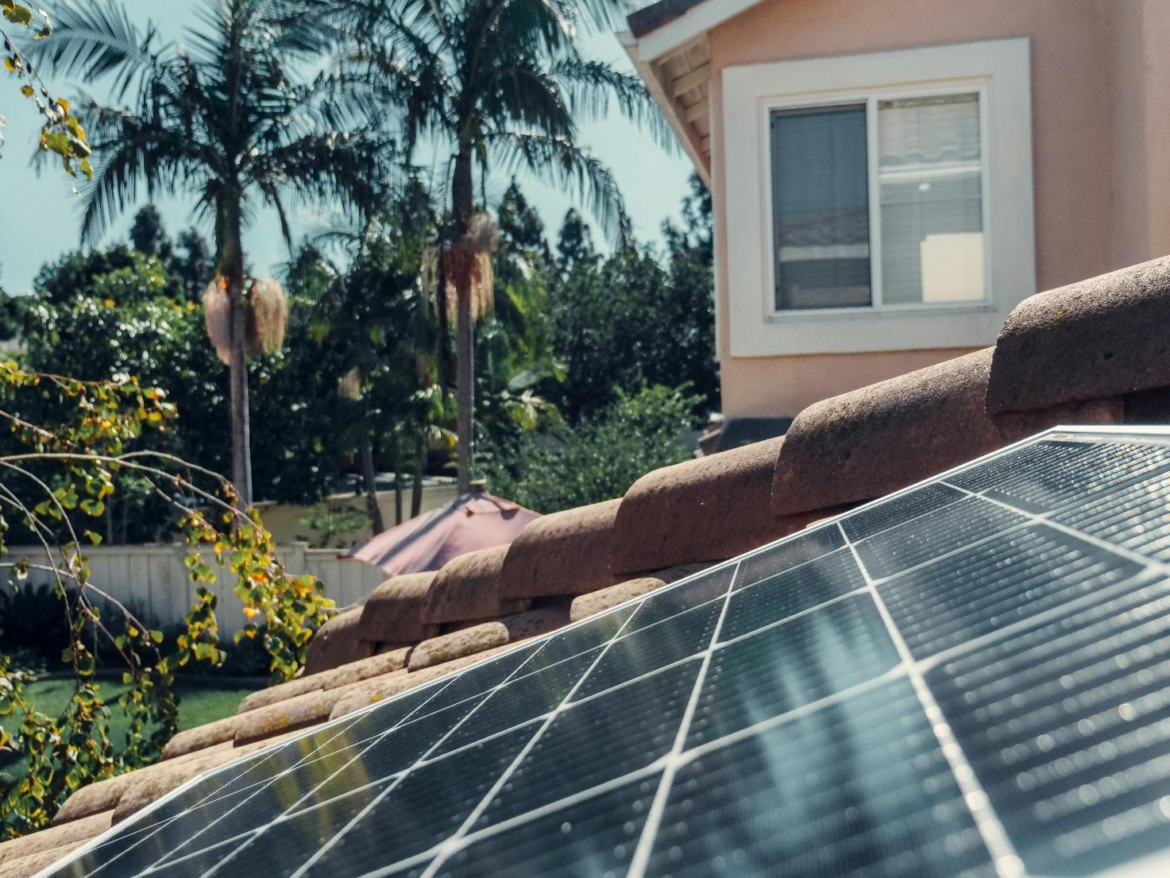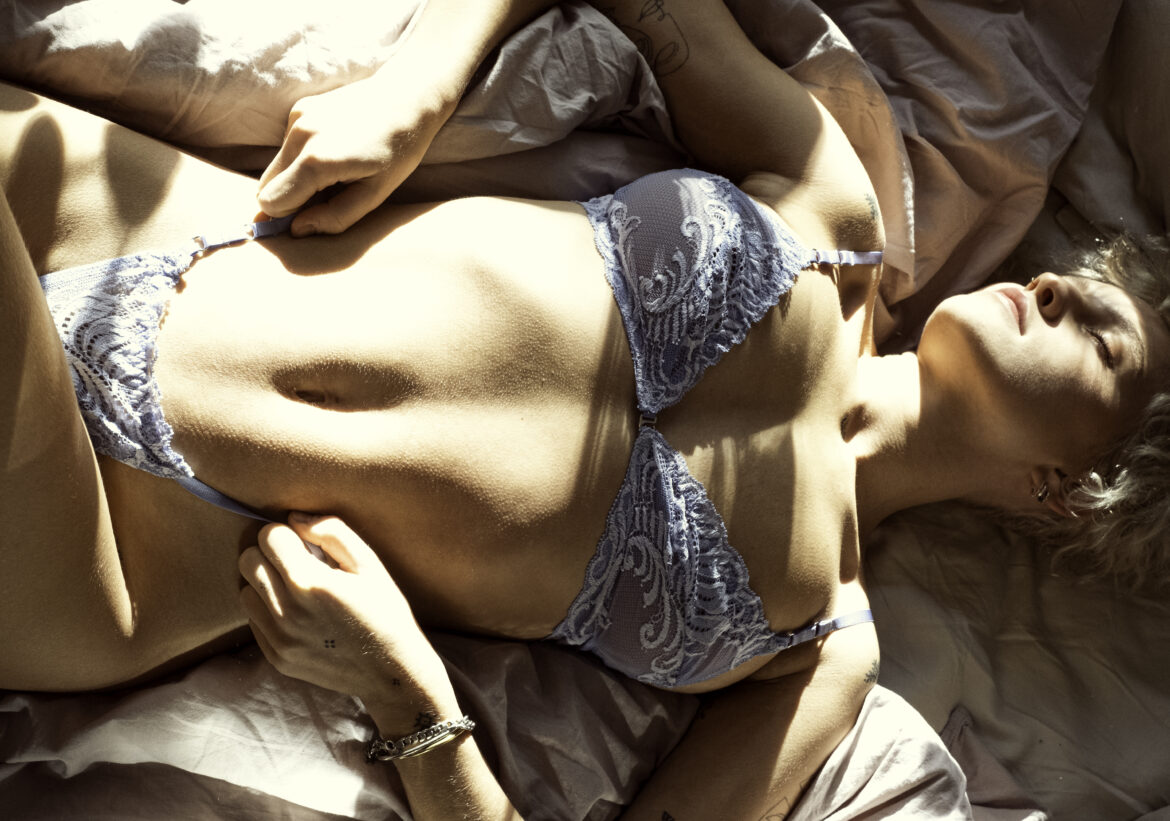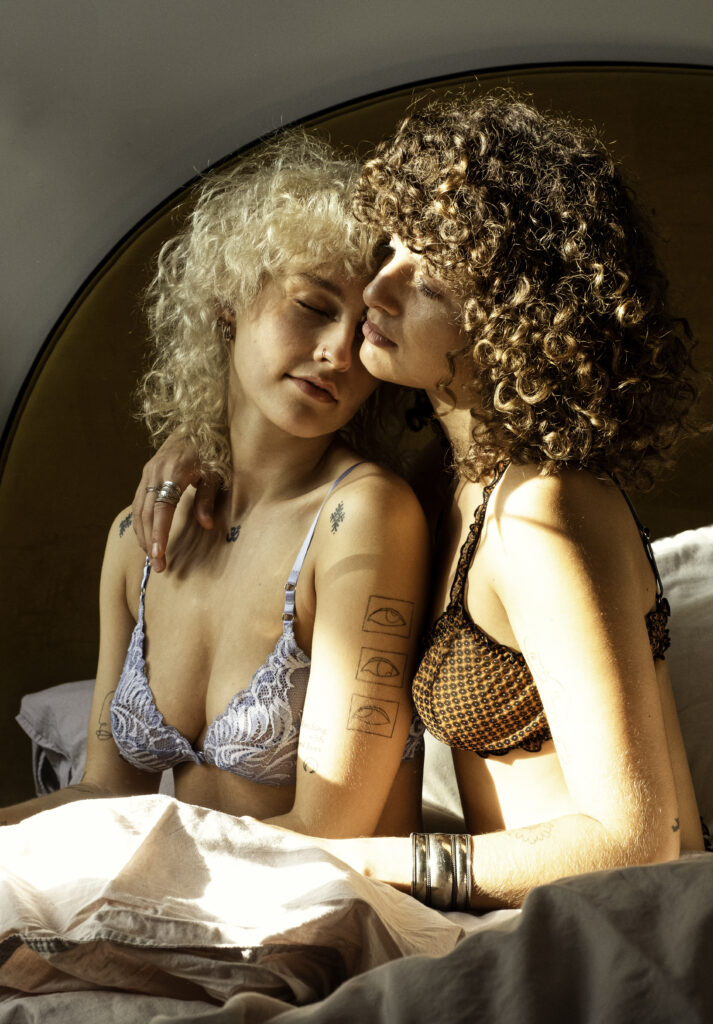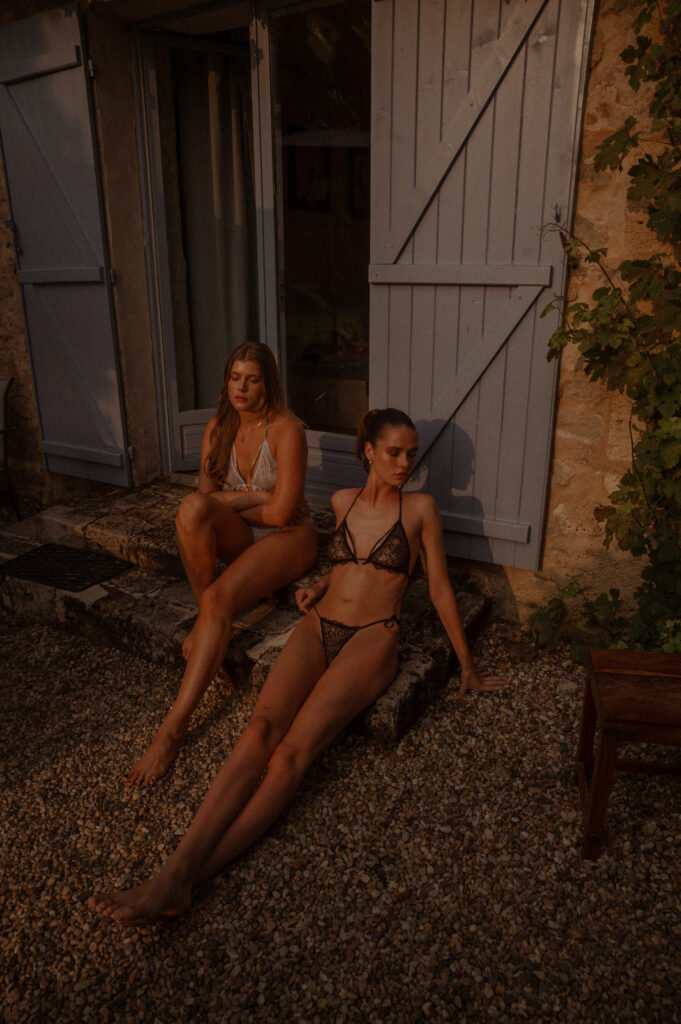In recent years, the concept of sustainability has become increasingly integral to our lifestyles. From our food choices to transportation habits, many of us are striving to minimize our environmental footprint. However, one area that often goes overlooked in the pursuit of sustainability is our homes.
Our living spaces play a significant role in shaping our environmental impact, from energy consumption to waste generation. Fortunately, there are numerous eco-friendly solutions available that can help us create more sustainable homes without compromising on comfort or style.
Exploring options such as energy-efficient appliances, renewable energy sources, and innovative building materials can significantly reduce our ecological impact. Additionally, incorporating sustainable practices into our daily routines, such as recycling and conserving water, can further enhance the sustainability of our homes.
For those looking to take their eco-conscious efforts a step further, integrating smart home technology and utilizing best betting apps can provide valuable insights and opportunities for optimizing energy usage and minimizing waste. By making thoughtful choices and embracing sustainable living practices, we can all contribute to a healthier planet for future generations.
Understanding Sustainability in the Home
Sustainability in the home encompasses various aspects, including energy efficiency, resource conservation, waste reduction, and indoor air quality. By addressing these factors, we can significantly reduce our ecological impact while also saving money in the long run. From small changes in our daily habits to more substantial investments in eco-friendly technologies, there are countless ways to make our homes more sustainable.
Energy-Efficient Appliances and Smart Home Technology
One of the most effective ways to reduce energy consumption in the home is by investing in energy-efficient appliances. From refrigerators to washing machines, modern appliances are available with energy-saving features that can significantly lower electricity usage. Additionally, integrating smart home technology can further enhance energy efficiency by allowing homeowners to monitor and control their energy consumption remotely.
Smart thermostats, for example, can learn your heating and cooling preferences and adjust accordingly to optimize energy usage. Similarly, smart lighting systems enable users to schedule lights to turn on and off automatically, reducing unnecessary electricity usage. By embracing these technologies, homeowners can not only reduce their carbon footprint but also enjoy lower utility bills.
Renewable Energy Sources
In addition to reducing energy consumption, generating renewable energy on-site is another effective strategy for creating a sustainable home. Solar panels, in particular, have become increasingly affordable and accessible, allowing homeowners to harness the power of the sun to meet their electricity needs. In many cases, solar panels can even generate surplus energy that can be sold back to the grid, providing an additional source of income for homeowners.
Beyond solar power, other renewable energy sources such as wind and geothermal energy can also be utilized depending on the location and available resources. By diversifying energy sources and reducing reliance on fossil fuels, homeowners can contribute to the transition to a cleaner, more sustainable energy system.
Water Conservation
Water is another precious resource that should be conserved whenever possible. Simple measures such as installing low-flow faucets and showerheads can significantly reduce water usage without sacrificing performance. Additionally, collecting rainwater for irrigation purposes can help reduce reliance on municipal water supplies and minimize runoff pollution.
For those looking to take water conservation to the next level, greywater recycling systems offer an innovative solution. These systems capture and treat wastewater from sinks, showers, and washing machines, allowing it to be reused for purposes such as toilet flushing and landscape irrigation. By closing the loop on water usage, homeowners can minimize their environmental impact and promote sustainable water management practices.
Natural and Recycled Materials
When it comes to building or renovating a home, choosing sustainable materials is essential. Opting for materials that are renewable, recyclable, or made from recycled content can help reduce the environmental impact of construction projects. Bamboo, for example, is a fast-growing and renewable resource that can be used for flooring, cabinetry, and furniture. Similarly, reclaimed wood adds character and warmth to interiors while reducing the demand for virgin timber.
In addition to considering the environmental impact of materials, it’s also important to prioritize indoor air quality. Many conventional building materials emit volatile organic compounds (VOCs) that can negatively impact indoor air quality and human health. Choosing low-VOC or VOC-free paints, adhesives, and finishes can help create a healthier indoor environment for occupants.
Conclusion
In essence, the journey towards creating a sustainable home is not merely an aspiration but an actionable endeavor within reach. By embracing energy-efficient appliances, harnessing renewable energy sources, conserving water, and selecting eco-conscious materials, homeowners wield the power to forge homes that are not only environmentally responsible but also nurturing sanctuaries for inhabitants. As we navigate the ever-evolving landscape of modern living, let us seize the opportunity to cultivate homes that harmonize with nature, embodying the ethos of sustainability for generations to come.











